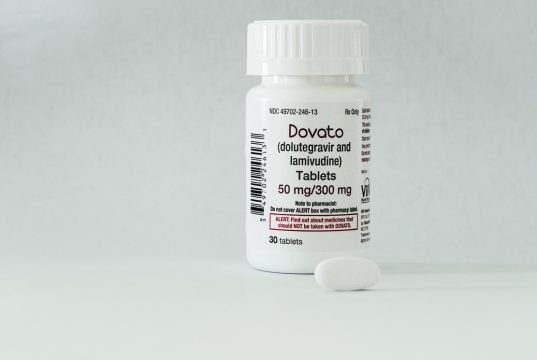Advertisment
Plavix and Aspirin reduce stroke
For many years health the debate was should we prescribe aspirin or the more expensive Plavix, now it seems patients should receive both.
The combination of clopidogrel (Plavix) and aspirin led to a 3.5% absolute difference in 90-day stroke rate compared with individuals who took only aspirin (8.2% versus 11.7%).
Patients treated with the combination had a lower stroke risk with no increased risk of moderate or severe bleeding. The pattern of benefit emphasized the importance of prompt treatment, Yongjun Wang, MD, of Beijing Tiantan Hospital in China, and co-authors reported online in the New England Journal of Medicine.
“The curves for survival free of stroke were particularly steep in the first few days, during which the curves representing the treatment groups diverged dramatically,” the authors said. “Subsequently, the rates of stroke were similar. This suggests that the requirement for randomization within 24 hours after the onset of symptoms, with nearly half the patients enrolled within 12 hours (and treated shortly thereafter), was important.”
Although moderate or more severe bleeding did not differ between groups, combination therapy was associated with an overall trend toward more bleeding.
The trial results are impressive, but several caveats apply to their interpretation, particularly their limited applicability, according to the author of an editorial in the same issue.
“The implication of this trial is that Chinese patients with acute TIA or minor ischemic stroke (onset within the previous 24 hours) who are at high risk for recurrence should be regarded as a medical emergency,” wrote Graeme J. Hankey, MD, of the University of Western Australia in Perth.
TIA and minor stroke confer a 10% to 20% risk of major stroke within 3 months, most of which occur within 2 days of the TIA or minor stroke. Antiplatelet therapy has a well established role in secondary stroke prevention, but only aspirin has been evaluated in acute stroke, wherein it demonstrated only a modest effect, the authors noted in their introduction.
Several studies have found no benefit of dual antiplatelet therapy for secondary prevention after stroke. However, the studies did not examine the impact of combination therapy in the early, high-risk period after stroke, they included patients with moderately severe strokes, and they had few patients with TIA.
Small pilot studies have suggested a benefit of combination therapy in patients with minor stroke or TIA and showed the benefit was associated with minimal safety risk.
To examine dual antiplatelet therapy on a large scale, the investigators enrolled patients at 114 centers in China within 24 hours of minor stroke or TIA into an intervention study called CHANCE (Clopidiogrel in High-Risk Patients with Acute Non-Disabling Cerebrovascular Events).
Patients were randomized to the combination of clopidogrel and aspirin or to placebo and aspirin. Patients in the clopidogrel group received both agents for the first 21 days, followed by clopidogrel alone to day 90. Patients in the placebo group received aspirin for 90 days.
The protocol excluded patients who sought treatment beyond the 24-hour time window, who had moderate or severe strokes, or who had intracerebral hemorrhage.
The primary endpoint was the 90-day incidence of stroke (ischemic or hemorrhagic). The primary safety endpoint was the incidence of moderate-to-severe bleeding, as defined by GUSTO criteria.
When the trial ended, strokes had occurred in 212 patients in the clopidogrel arm and 303 in the placebo group. Ischemic stroke accounted for 204 events in the clopidogrel arm and 295 in the placebo group.
The 3.5% absolute difference in 90-day stroke rate translated into a hazard ratio of 0.68 (95% CI 0.57-0.81) in favor of dual antiplatelet therapy, representing a 32% reduction in risk (P<0.001).
Fatal or disabling stroke occurred in 5.2% of the clopidogrel arm versus 6.8% of the aspirin arm (P=0.01).
The two groups had identical 0.3% rates of moderate or severe hemorrhage, but comparison of the overall bleeding rates showed a trend toward more bleeding episodes in the clopidogrel group (2.3% versus 1.3%, P=0.09).
The results are important because they demonstrate a benefit with combination therapy, but the trial does not establish dual-antiplatelet therapy as a new standard, said Stanley Tuhrim, MD, of Mount Sinai Medical Center in New York City, who was not involved in the study.
The study was supported by the Ministry of Science and Technology of the People’s Republic of China.
Disclosure:
The authors reported no relevant disclosures.
Hankey disclosed relationships with Bayer and Johnson & Johnson.





